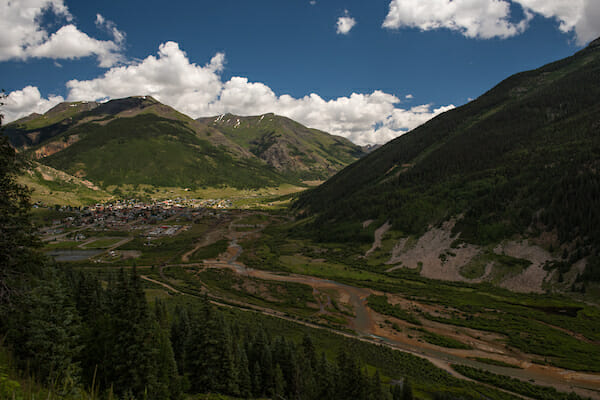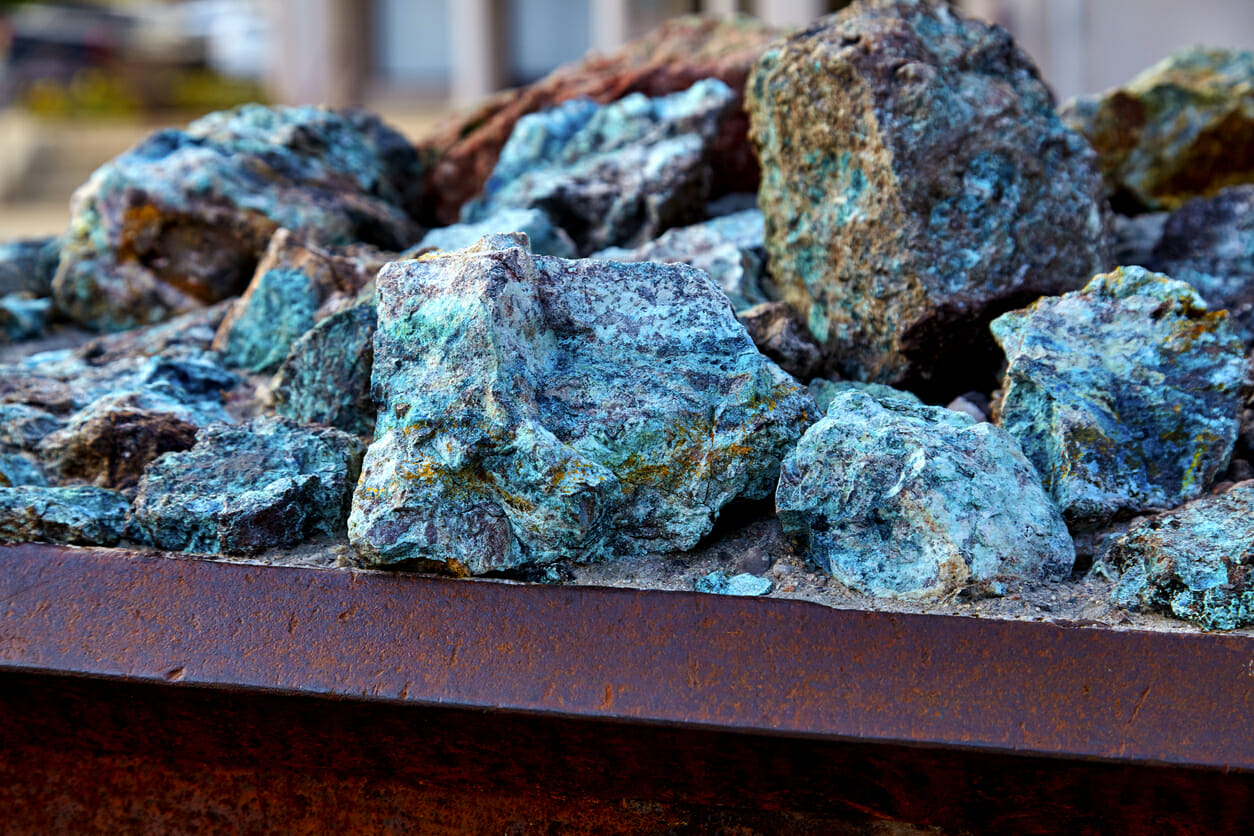I’m just going to go out on a limb here and guess the phrase “critical minerals” doesn’t mean much to you.
In fact you might already be glazing over.
But what if I told you that critical minerals helped you catch that monster brown you found lurking under that log – the one you pulled in with the beadhead dropper on that aluminum reel of yours that you immediately posted to Instagram with your iPhone with the hashtag #hogzilla and got 300 ❤️’s and a 😍 from that woman you’ve been wanting to ask out on a fishing date since you both discovered your shared love of solar panels and electric vehicles.
Or maybe only part of that happened…
But for the sake of a good example, let’s say if any part of that has ever applied to you, there are at least two reasons you should keep reading.
- Critical minerals make your fishing possible: That beadhead probably has tungsten in it. Critical mineral. The phone you used to check the weather has lithium. Critical mineral. The aluminum reel? Yep, critical mineral.
- Mining critical minerals can be tough on trout and salmon so it is important to do it right from the start: At least half of known critical mineral deposits overlap with trout and salmon habitat.
Recently, the Biden Administration issued an executive order to address supply chain vulnerabilities. Those vulnerabilities include critical minerals – lithium for batteries, rare earth elements for electronics, tellurium for solar panels and aluminum for high-strength, low-weight alloys. Many of these minerals are indeed critical for high-tech industries, renewable energy production and storage, electric vehicles and military applications.

Taking a deeper look into this issue is important for climate change mitigation and is an area of focus for hunters and anglers, due to the possibility that possible outcomes could lead to increased mining in the United States in or near trout and big game habitat.
Definition: Critical minerals are non-fuel minerals or mineral materials essential to the economic and national security of the U.S.; the supply chain of which is vulnerable to disruption; and that serves an essential function in the manufacturing of a product––the absence of which would have significant consequences for our economy or our national security.
To better understand how this issue impacts hunters and anglers, TU’s science team used the most up-to-date USGS GIS data to evaluate the nexus between known critical mineral deposits and trout and salmon habitats. Additionally, the mapping team evaluated other factors, such as big game migration corridors, sage grouse habitat and mining-impaired streams.
Our team found that half of the known deposits overlap with trout and salmon habitat, and one in ten deposits are in protected public land areas like wilderness, Forest Service roadless areas and wilderness study areas. These areas include places like central Idaho, where all but one of the ninety currently-mapped critical mineral deposits occur in trout and salmon watersheds, as well as the upper Pecos River in New Mexico, a popular trout fishery where a gallium deposit is located within the boundary of a mineral withdrawal proposed by Senator Martin Heinrich.
“Half of the known deposits of critical minerals overlap with trout and salmon habitat, and one in ten deposits are in protected public land areas like wilderness, Forest Service roadless areas and wilderness study areas.”
Trout Unlimited survey of critical mineral deposits
While this executive order doesn’t set policy per se, it directs federal agencies to seek input from all stakeholders, including non-governmental organizations like Trout Unlimited. Since we’ve been watching this issue for a while and actively participating in conversations with our elected officials, we already have some great ideas. Check them out on this report that lays out our tenets for responsible critical mineral development.
Our country needs a comprehensive critical mineral policy to help secure supply chains for the raw materials necessary for renewable energy technologies. This policy should first and foremost emphasize recycling, alternatives and research and development to reduce use and foster innovation. A policy should also consider the place and time for responsible mining, if necessary, to meet demand.
Congress took action last year when it included critical minerals provisions in the energy bill that passed as part of the year-end spending package. This legislation included numerous provisions, including funding for six years for research on advanced technologies to extract rare earth elements from coal and coal byproducts, including acid mine drainage.
This is the kind of innovation that will not only clean up abandoned mines of the past, but help supply critical mineral demand in the future. This legislation was only the start, however, and there’s more work to do. We look forward to working with both the Biden Administration and Congress to ensure we have the right policies in place to address supply chain challenges for the raw materials necessary to scale up renewable energy technologies.
Follow along at tu.org/criticalminerals for updates.



